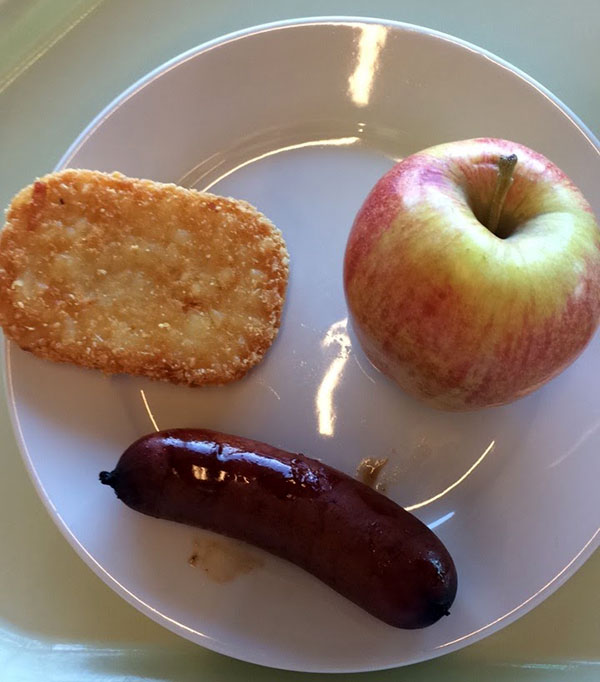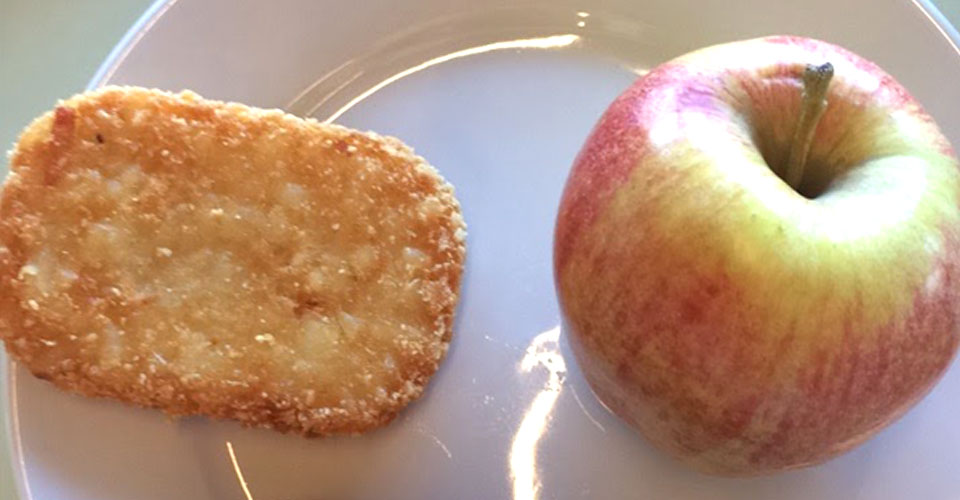
Hi everyone!
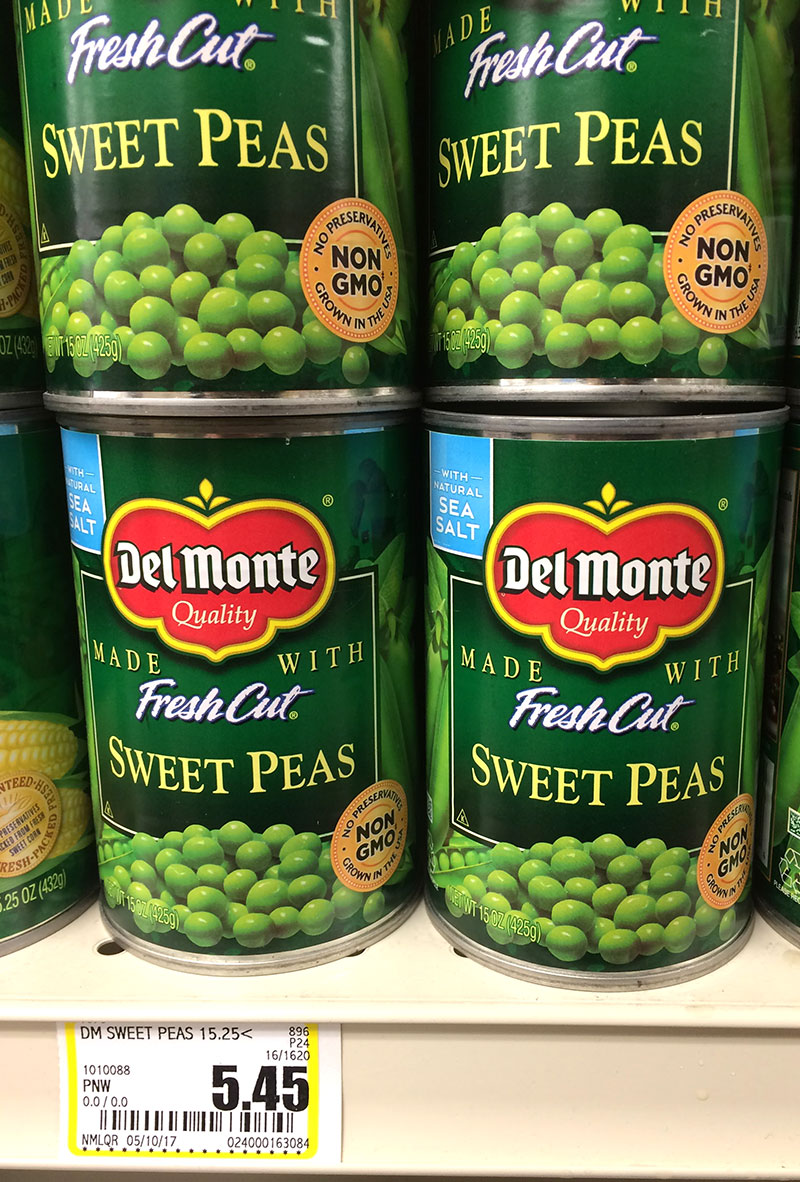 Alaska is particularly remote from most major agricultural centers, and the mountainous and tundra terrain is unsuitable for farming produce or livestock. As I have mentioned before, Nome is not accessible by road from any other metropolitan area. All people, food, equipment and supplies are either flown in from Anchorage or brought in on a barge, the latter of which happens less than four times per year. Importing food from the lower 48, or anywhere else in the world for that matter, poses ridiculously high transportation costs. These transportation costs are reflected in the steep prices at restaurants and grocery stores in Nome. Although minimum wage has reached $18 per hour, the stiff cost of living is enough to keep the majority of the region below the poverty line and suffer from food insecurity.
Alaska is particularly remote from most major agricultural centers, and the mountainous and tundra terrain is unsuitable for farming produce or livestock. As I have mentioned before, Nome is not accessible by road from any other metropolitan area. All people, food, equipment and supplies are either flown in from Anchorage or brought in on a barge, the latter of which happens less than four times per year. Importing food from the lower 48, or anywhere else in the world for that matter, poses ridiculously high transportation costs. These transportation costs are reflected in the steep prices at restaurants and grocery stores in Nome. Although minimum wage has reached $18 per hour, the stiff cost of living is enough to keep the majority of the region below the poverty line and suffer from food insecurity.
At a local restaurant, a regular burger will cost you at least $15 without any toppings or sides. A salad is even more expensive at $21, due to inaccessibility of fresh produce. My first trip to the grocery store was eye opening to say the least. I am usually quite comfortable in a grocery store, and have even given a tour of Trig’s for my nutrition education class at UW-Stevens Point. However, myself and the six other interns were a combination of overwhelmed and fascinated in the grocery store that day.
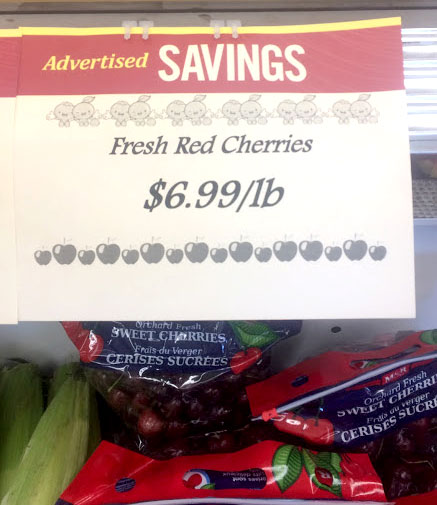 As students studying nutrition and dietetics, we naturally gravitated toward the produce section. As expected, it was smaller than the ordinary Wisconsin produce section that I am used to, however, there was a decent selection of apples, corn, cabbage, carrots and the other typical items you might expect to find. So there are options – if you have the money to pay for it.
As students studying nutrition and dietetics, we naturally gravitated toward the produce section. As expected, it was smaller than the ordinary Wisconsin produce section that I am used to, however, there was a decent selection of apples, corn, cabbage, carrots and the other typical items you might expect to find. So there are options – if you have the money to pay for it.
I was astounded that fresh red cherries were $7 per pound, more than twice as expensive as you would find in Wisconsin. Rumor has it, watermelons are going for nearly $29 dollars each in Teller, a village not too far from Nome. The program director warned us that if we were to purchase any produce, that we should eat it as soon as possible because it is often rotten the next day. I did notice a smaller price gap with the processed foods, including a $4 loaf of bread. That being said, we shopped wisely in order to stretch our $100 weekly meal stipend until the next week.
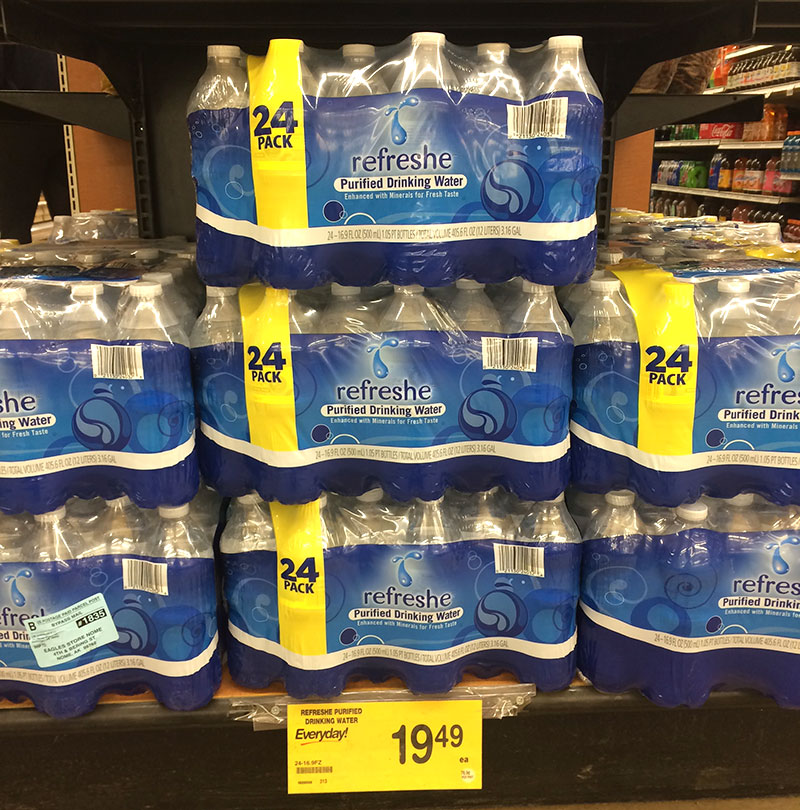 I have had the opportunity to taste some of Alaska’s novelty food sources including salmon chowder, reindeer sausage (as seen in picture), moose roast, muskox tacos, jerky from a bearded seal and muktuk (the skin and blubber of a whale). Oddly enough, these proteins are much more common on an Alaskan’s dinner table than beef or chicken. According to the locals, the salmonberries and blueberries should be ready around mid-July.
I have had the opportunity to taste some of Alaska’s novelty food sources including salmon chowder, reindeer sausage (as seen in picture), moose roast, muskox tacos, jerky from a bearded seal and muktuk (the skin and blubber of a whale). Oddly enough, these proteins are much more common on an Alaskan’s dinner table than beef or chicken. According to the locals, the salmonberries and blueberries should be ready around mid-July.
As a UWSP student, it is second nature to keep sustainability in mind. Recycling bins throughout Nome are few and far between, and composting is non-existent. Everyday I eat lunch from a plastic plate or styrofoam tray at the hospital. I am strongly considering bringing my own dishware and utensils, if I can find somewhere to wash them afterwards. However, I have noticed significantly minimal food waste in Nome. This likely goes hand in hand with the high food prices, as people want to eat every last bite of food, or it is literally putting their hard earned money into a landfill.
High produce prices can help explain the high rates of diabetes and health complications throughout Nome, as people are not consuming enough of the body’s warriors against disease, also known as antioxidants. A portion of my internship will be learning about how the Nome community copes and overcomes such nutritional deficiencies in order to not only survive, but thrive off of the land.
-Jackie
Jackie Braun ’18 is a dietetics major and psychology minor at the University of Wisconsin-Stevens Point.

